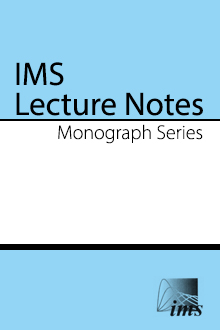Abstract
The Sharpe ratio, which is defined as the ratio of the excess expected return of an investment to its standard deviation, has been widely cited in the financial literature by researchers and practitioners. However, very little attention has been paid to the statistical properties of the estimation of the ratio. Lo (2002) derived the $\sqrt{n}$-normality of the ratio's estimation errors for returns which are iid or stationary with serial correlations, and pointed out that to make inference on the accuracy of the estimation, the serial correlation among the returns needs to be taken into account. In the present paper a class of time series models for returns is introduced to demonstrate that there exists a factor other than the serial correlation of the returns that dominates the asymptotic behavior of the Sharpe ratio statistics. The model under consideration is a linear process whose innovation sequence has summable coefficients and contains a latent volatility component which is long-memory. It is proved that the estimation errors of the ratio are asymptotically normal with a convergence rate slower than $\sqrt{n}$ and that the estimation deviation of the expected return makes no contribution to the limiting distribution.
Information
Digital Object Identifier: 10.1214/074921706000001021


